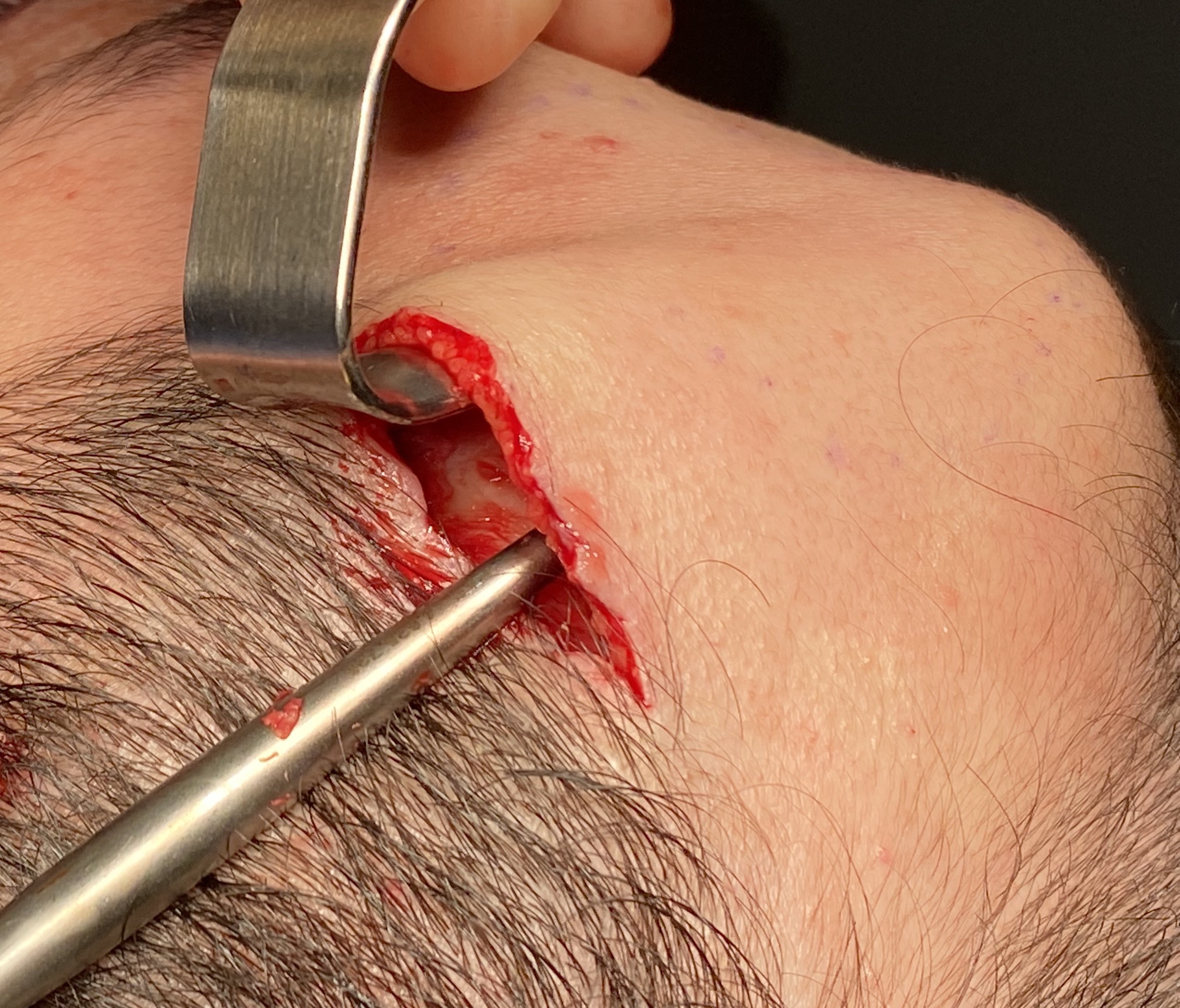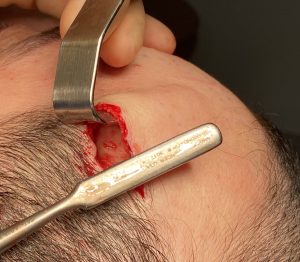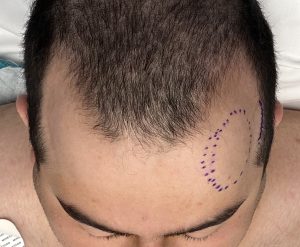Background: The shape of the bony forehead above the brow bones has numerous features including height, width and shape of its projection. A type of aesthetic bony concern of the forehead is too great a prominence or protrusion. The forehead sticks out and breaks the plane of its projection. The most well known example is that of frontal bossing where the forehead bulges out, particularly as it approaches the hairline. But there are numerous other examples of more limited protrusions such as forehead horns and asymmetries due to plagiocephaly.
In performing bony forehead reductions the only effective method of such cortical skull bone reduction is high speed burring. In using high speed burring instrumentation the key consideration is that linear access is required as the instrument is straight. In addition there are length restrictions as the distance from the end of the instrument to even a long shafted burr is a maximum of 8cms. These instrument restrictions have a major impact on the incisional access needed to do the surgery.
In doing forehead reduction with high speed burring it is all important to obtain a smooth surface at the end. The large flared cutting edges of burrs can make this difficult to achieve and the forehead is an unforgiving surface when it comes to any irregularities. As a result I like to finish any skull reduction surface with rasping instruments which can be used or bent into an angle.
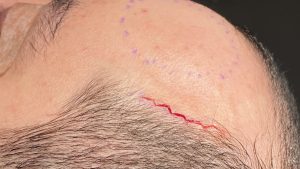
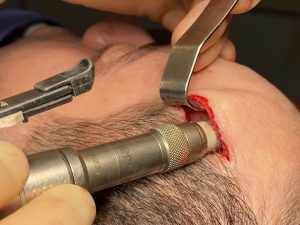
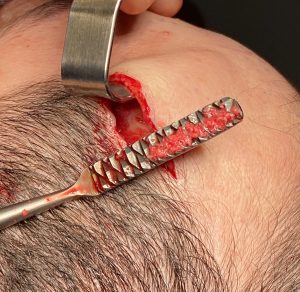
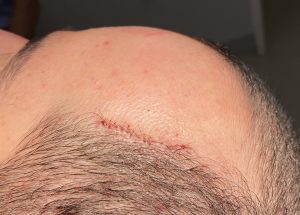

Case Highlights:
1) The primary issue in forehead bony reduction is access…where is the best aesthetic location for the incision which involves multiple considerations.
2) Forehead reduction can only effectively be done by high speed burring which requires linear access.
3) Smoothing the reduced forehead is best done by essentially polishing the bone surface which can be done by multiple sizes of toothed metal rasps.
Dr. Barry Eppley
Indianapolis, Indiana

